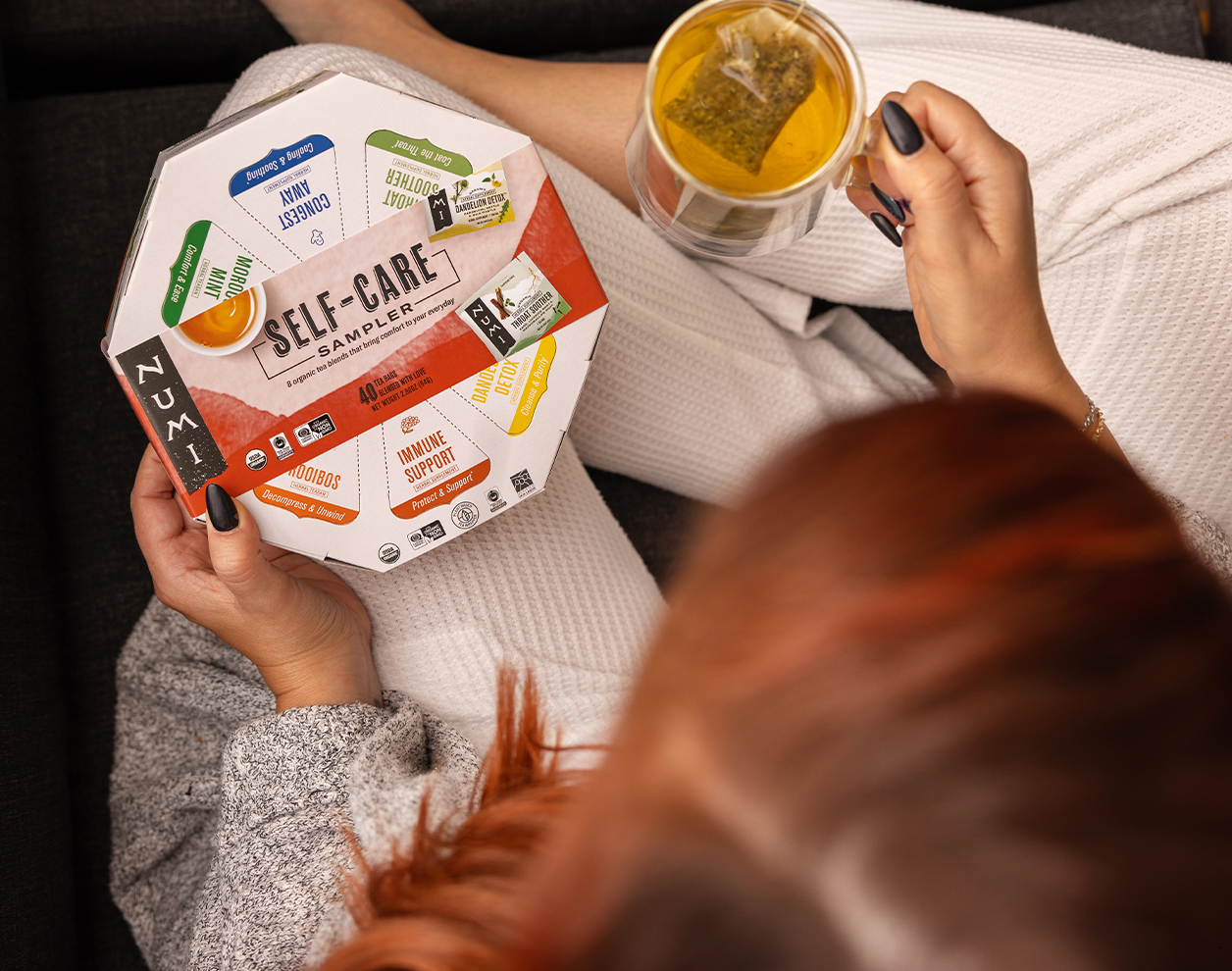5 Tea Tips From a Barista’s Notebook

As a daily tea drinker, I appreciate many varieties and preparations of tea. But as a former barista, I know that not all teas are created equal. There are many factors that affect the quality of this traditional brewed beverage that any type of tea drinker, from the novice to the fanatic, benefits from knowing more about.
To brew a perfect cup of tea, follow these basic tips from the barista’s notebook.
1. Use full leaf tea.
Whether it’s loose leaf or bagged, choose full leaf teas for rich flavor without the bitterness.
Most mass produced tea bags use lower quality tea and even tea dust leftover from processing the leaves. This means that the tea you’re drinking is likely stale and not up to premium standards, resulting in less flavor nuance and a more bitter cup of tea.
Companies like Numi offer full leaf tea in both their bagged and loose leaf varieties, resulting in a quality drinking experience every time. If you’ve drunk as much tea as I have, you really can tell the difference.
2. Don’t worry too much about the steps.
You’ve seen it done at family gatherings and community potlucks: someone fills their mug with hot water, then half-heartedly dunks the tea bag into it.
Baristas tend to look down on this method, but the reasons for that, it turns out, tend to be mostly aesthetic. The important thing is that the tea bag ends up fully submerged, is steeped for the recommended amount of time, and is gently squeezed before removing to pull out the highly saturated water trapped inside the tea bag.
3. Steep for the recommended amount of time.
White teas need only 1-2 minutes for delicate, floral flavor without the bitterness. Green teas taste best at 2-4 minutes and black and fermented teas steep well for 4-7 minutes depending on their variety.
Many tea drinkers prefer to leave their tea bags in while they sip for a strong brew, and that’s fine, but do keep in mind that to taste the intended flavor profile of a given tea, it is best to use recommended steep times. The lighter the tea, the less time you need.
4. Steam milk to about 155 degrees for sweetest, creamiest flavor.
Cold milk contains globules of milk fat. When milk is steamed, the fat melts into the liquid, making the consistency of the finished product smooth and creamy. Milk sugars – or lactose – are also altered during the heating process, breaking down into simpler sugars that taste sweeter to the human tongue. For maximum sweetness and smoothest consistency, never heat milk above 155 degrees. Milk can start to taste burnt at higher temperatures, which will make your final product bitter.
Soy and almond milks should be steamed to around 140 degrees to avoid curdling or burning.
Next time you hear someone say they want an “extra hot” latte, you have permission to give them the barista stink eye (or, better yet, explain the science!).
5. Heat water to about 185 degree for best steeping.
If the water is too hot, the leaves will cook or burn, leaving you with bitter tea. If the water is too cold, the full flavor won’t be released. Most teas brew best at about 185 degrees, but you may choose to brew at a slightly lower temperature for delicate, light teas.
For reference, the boiling point of water is 212 degrees Fahrenheit, so if you’re brewing at home, you can either boil water and measure the temperature with a candy thermometer or use a tea kettle, which generally whistles right before boiling point, then guess and check the time needed for the water to cool to perfection.
There you have it: my tips for the perfect cup of tea. Even if you don’t have the time for precision each time you brew up a cup of warming tea, I think it’s helpful to know the science behind it.
